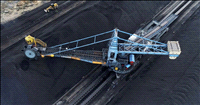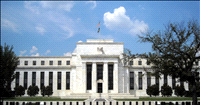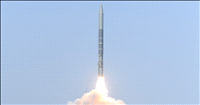RBI cautions banks as NPAs, stressed assets rise above 10% of gross bank credit
31 May 2014
The banking system's non-performing assets (NPA) position has reached alarming proportions and unless banks take proactive steps to strengthen their internal credit appraisal systems to minimise the risk of default, the problem of bad loans could worsen, Reserve Bank of India deputy governor R Gandhi said.
Gross NPAs of public sector banks rose to Rs2,03,000 crore at the end of September 2013, from Rs1,55,000 crore as of 31 March 2013.
A better picture of accumulated NPAs will be known only when fourth quarter 2013-14 figures are made available.
NPA levels of the domestic banking system were 4.4 per cent of gross advances at the end of December 2013 and the final figure for March 2014 is yet to be known, he said.
Use of credit ratings could be an important proactive step that banks can take to stem the problem of increasing level of NPAs and stressed assets that have reached levels above 10 per cent of gross bank credit, he said at a national conference on 'Growing NPAs in banks', organised by Assocham.
"The final (NPA) figure for March 2014 is yet to be known; while some may view this ratio as reasonable, given the economic conditions prevalent in the country and elsewhere, the total stressed assets in the banking system (including restructured standard assets) as at December 2013 was 10.13 per cent of the gross advances of the banks, which is a cause of concern for the Reserve Bank," Gandhi said.
However, he said, banks need to balance the use of external ratings, as the recent financial crisis has highlighted the dangers of over dependence on ratings.
"This would mean getting the house in order and at least on this score, banks would be on stronger ground. Banks would still be vulnerable to other factors, such as economic slowdown or policy changes or wilful defaults. But, one area of concern would be plugged," he said.
"This is a cause of concern for the Reserve Bank", he said, adding that NPA increases have been more pronounced in the case of public sector banks.
There are various factors adversely affecting the asset quality of scheduled commercial banks such as the current slowdown, global and domestic, persistent policy logjams, delayed clearances of various projects, aggressive expansion by corporates during the high growth phase etc.
However, it is the shortcomings in the credit appraisal, disbursal and recovery mechanism of the banks, besides the economic slowdown that can in large part be held responsible for their high level of NPAs, he said.
Lack of robust verification and screening of application, absence of supervision following credit disbursal and shortfalls in the recovery mechanism have led to the deterioration of asset quality of these banks, he said.






























